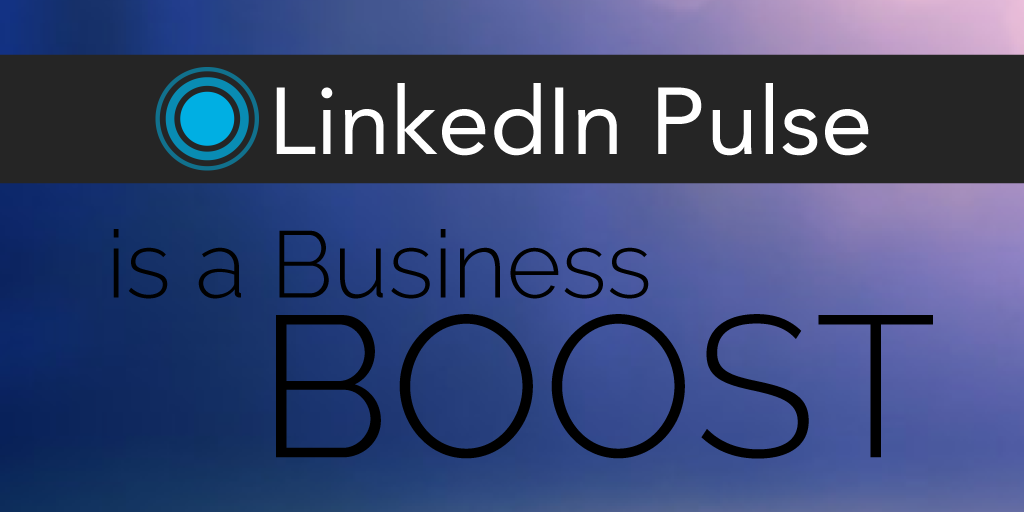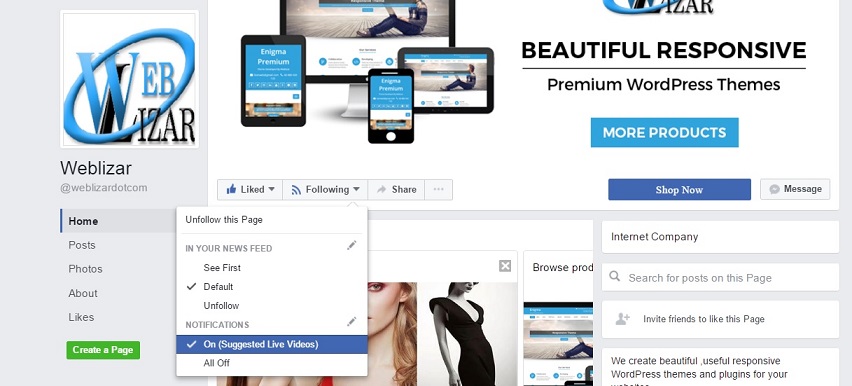LinkedIn Pulse launched as a publishing platform in 2012 by inviting 150 of the most influential thought leaders to write original content. Today, all members can use Pulse to share their unique knowledge and professional insights with the 433+ million members who interact there.
At the same time that it’s exciting, it’s also a bit intimidating, especially for people who doesn’t fall in the category of writers. While you might see the potential to strengthen your brand and build out your profile, you also want to take the right way to do it. The last thing you want is for people to roll their eyes when they see the subject you chose or approach you took.
Well, here’s a step-by-step guide on how to write articles on LinkedIn pulse.
1. Consider The Output Of The Article
First things first, consider why you want to start writing, what’s the big picture behind the scene. It could be possibly because of few reasons including you want to share your professional expertise, expand your network, strengthen your company’s talent brand, interest recruiters who view your profile, or establish yourself as a thought leader?
Once you’ve nailed down the “Why” you can focus on the “Who”. Does your potential audience consist of colleagues or prospective clients? Or are you trying to engage professionals in a specific niche or industry?
To attract followers and be memorable, you’ll want to have a clear message. Pick a coherent thread that runs through the majority of your posts so you’ll become “known” for something (like struggles for new engineers, or tips for freelancing, or best practices for hiring).
2. Stop Thinking Start Writing
In my experience, writing the first draft is by far the hardest part of the process. I have three words of advice: Just start writing. I wish there were a silver bullet. (There isn’t.) Set aside a specific time period—maybe an hour—when you can write without interruption. Schedule it on your calendar and don’t let anything else get in the way.
Here are several questions to help you start brainstorming:
- Have a case of writer’s block?
- What’s the best career lesson you’ve learned?
- What piece of advice would you give to someone hoping to enter your field?
- What are the current trends in your industry?
- How will your industry look like in the future?
- What’s going on in the news? Is there a story or event where you can provide insight?
- What experience has most impacted your career?
When you first get started, don’t worry about whether the sentences flow or whether the pieces all fit. No one will ever read your first draft. (It’s OK if it totally sucks—that’s the reason it’s called a rough draft.) What you’re trying to say will get clearer as you go back through a second (and third) time to revise.
Once you think it’s solid, identify someone who’ll give you an honest and constructive evaluation. Ask her what resonated, what didn’t, and what suggestions she’s willing to offer.
Writers are often given cliché advice to write about what they know. While I agree that sharing personal experiences can strengthen a post, I think better advice is to write something that helps people in some way. It doesn’t matter if you’re helping someone become a better marketer, or learn about a new app, or feel less alone because you shared a common experience—the key is asking you asking yourself if this article will make someone else’s day better in any way.
3. First Impression Is The Last Impression
This is an old saying and so true if we consider linkedin pulse. A majority of people who’ll see a glance of your posts will decide whether or not to open it depending on the title and the image of the article.
If you choose something generic and bland, your reader may never get to all of your great insights.
Your headline should be concise, clear, and give people a reason to click. Readers have a short attention span and you need to capture it. Make sure if you are writing for some niche category, the term should be widely searched or at least put an impact on your reader.( “5 Things I Learned from Applying to 30 Jobs in 30 Days” or “Job Application Lessons?” could be some possible titles if you are writing in job hunt niche)
4. Finalize Your Post
With your headline, image, and content complete, you’re ready to finalize your article. Open the LinkedIn homepage and select “Write an article” on your title bar. This will take you to the publishing platform where you can paste in your content.
Double check to make sure the formatting looks right. You can include block quotes, headers, bullet points, videos, and additional images to enhance your article.
If you include links, make sure they direct readers to the appropriate sites. At the bottom of your post, you can include up to three tags to help others find your content. These tags will influence the specific Pulse channels your article will be considered for.
And always do a final check on spelling and grammar. Nothing will sink your otherwise perfect article faster than typos.
5. You Are Good To Go, PUBLISH!
Once you hit publish on your article, here’s what you can expect:
Your original content becomes part of your profile. It is displayed on the Posts section of your profile.
It’s shared with your connections and followers. Your article will be shown in their feed, as a notification, or via email, if they subscribe to daily Pulse emails.
Members not in your network can now follow you from your long-form post to receive updates when you publish next.
Your long-form post is searchable both on and off of LinkedIn.
A small percentage of articles will get featured in Pulse channels. There are dozens of channels based on geography and industry, and a combination of algorithms and editors determine which articles get featured. To reach a larger audience, share your article on other sites and send it directly to colleagues. You spent significant time and effort writing your article, show it off!





